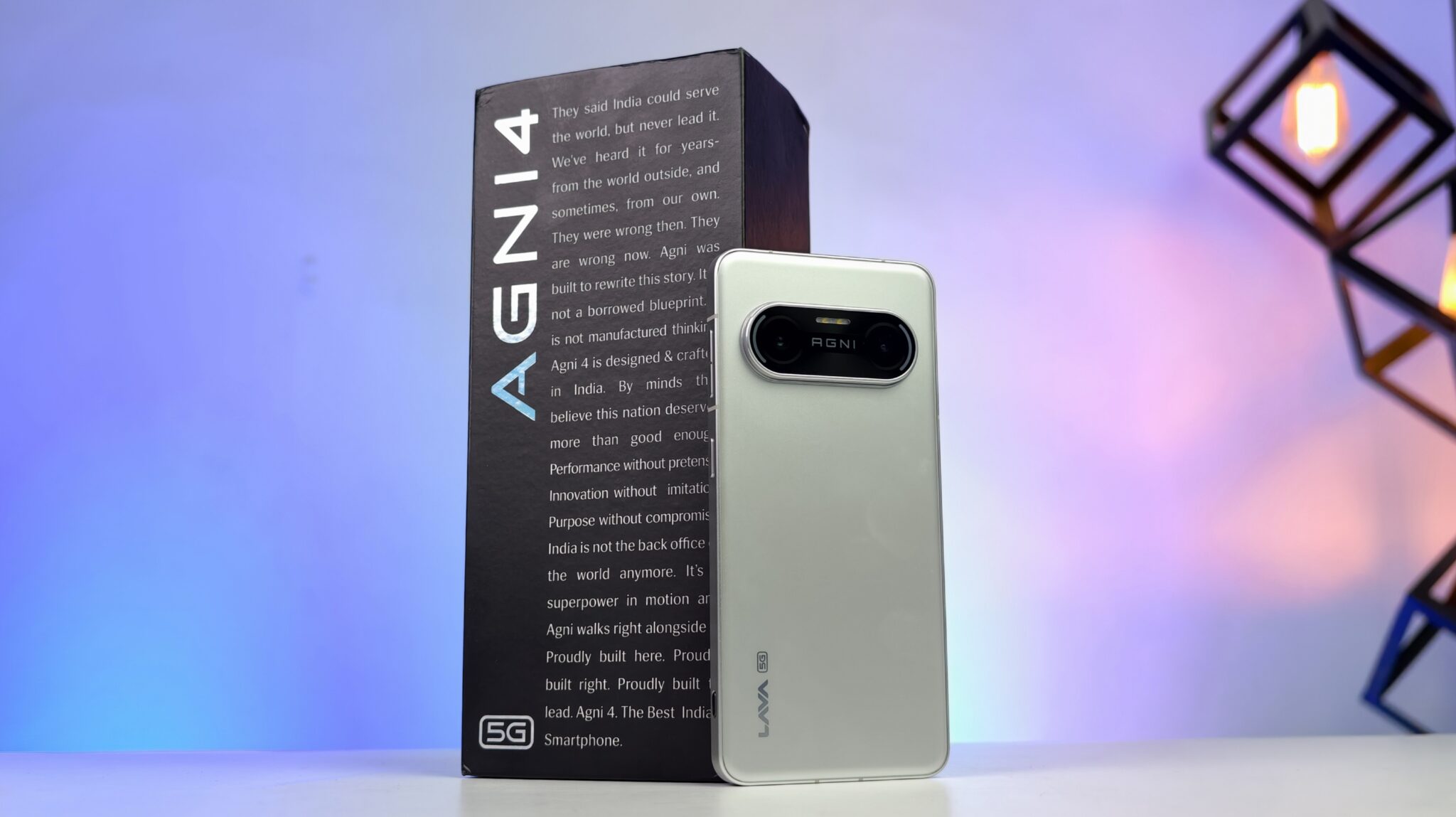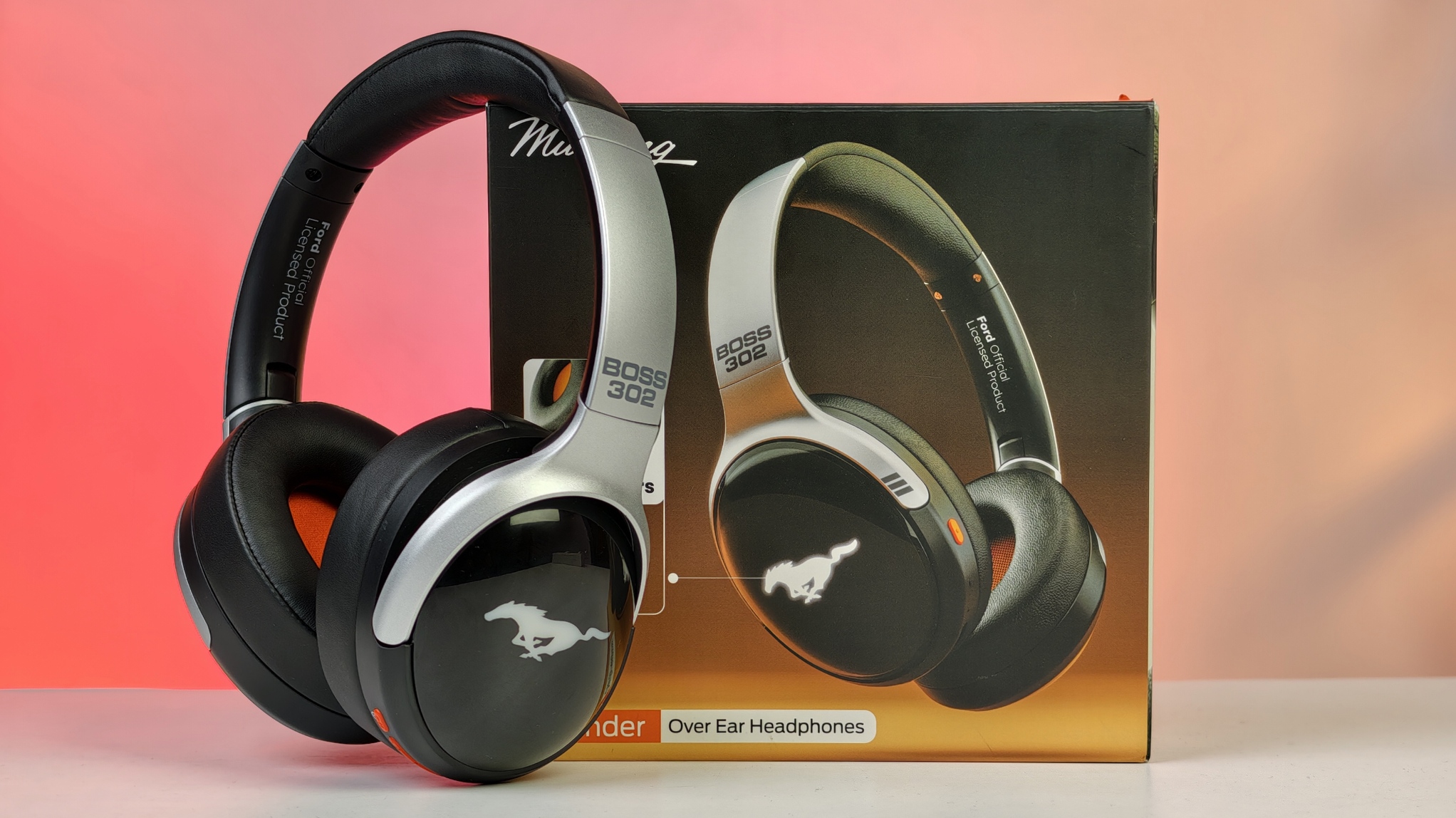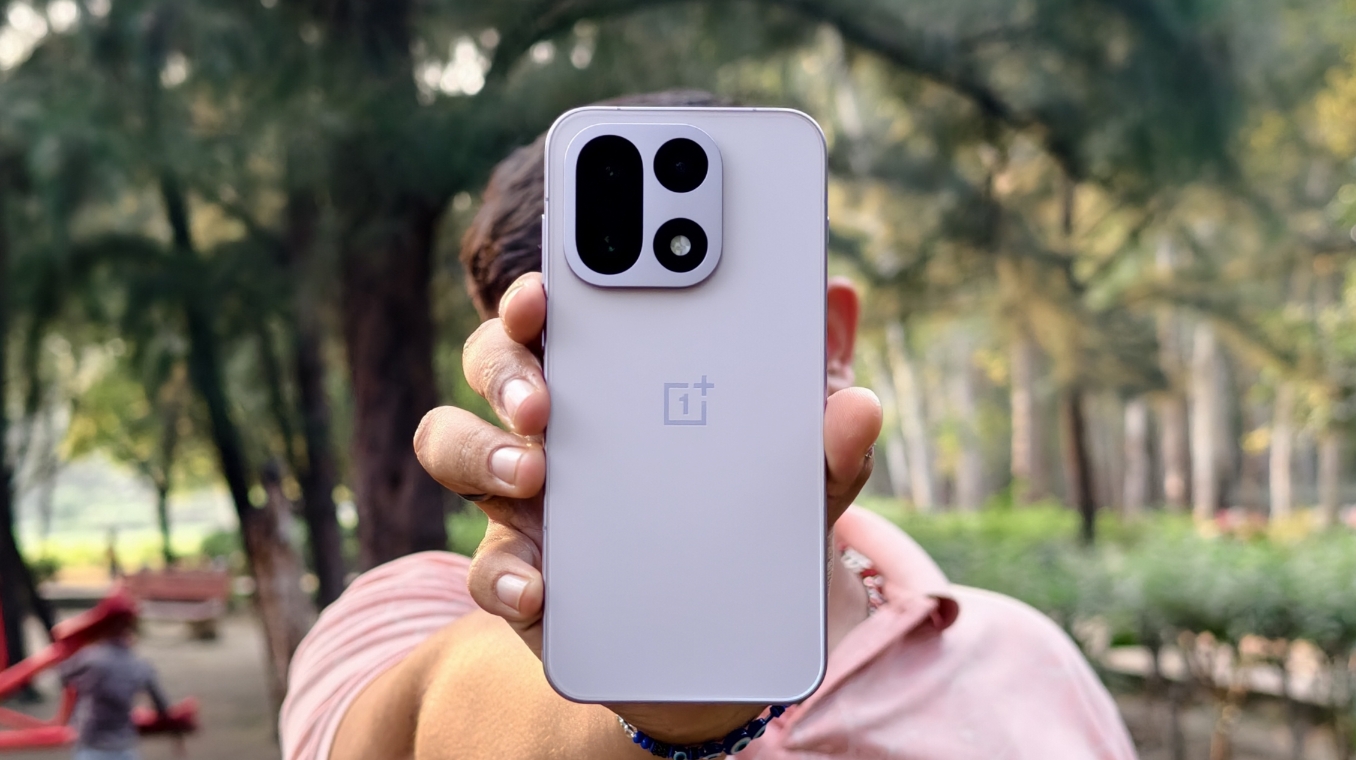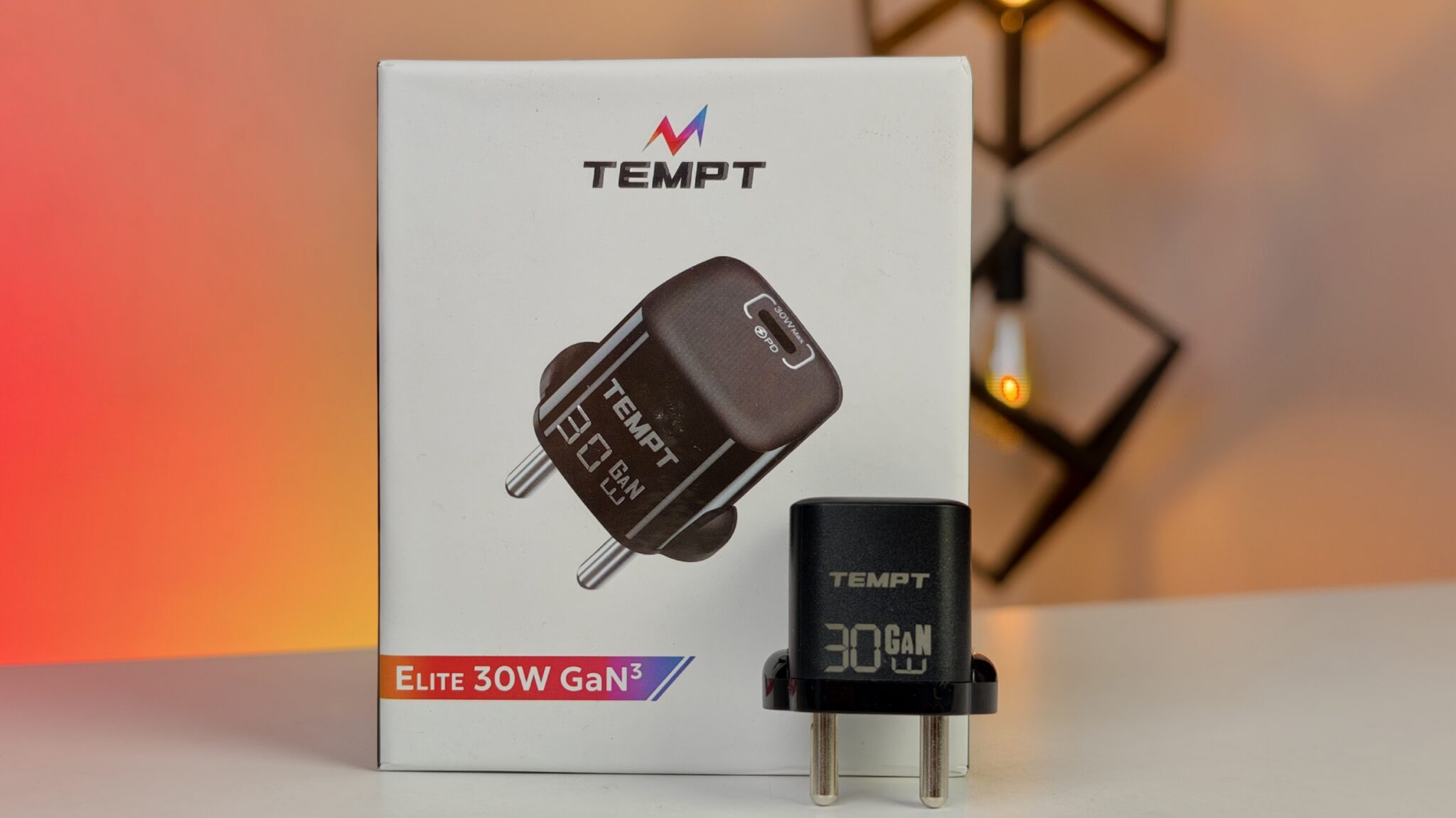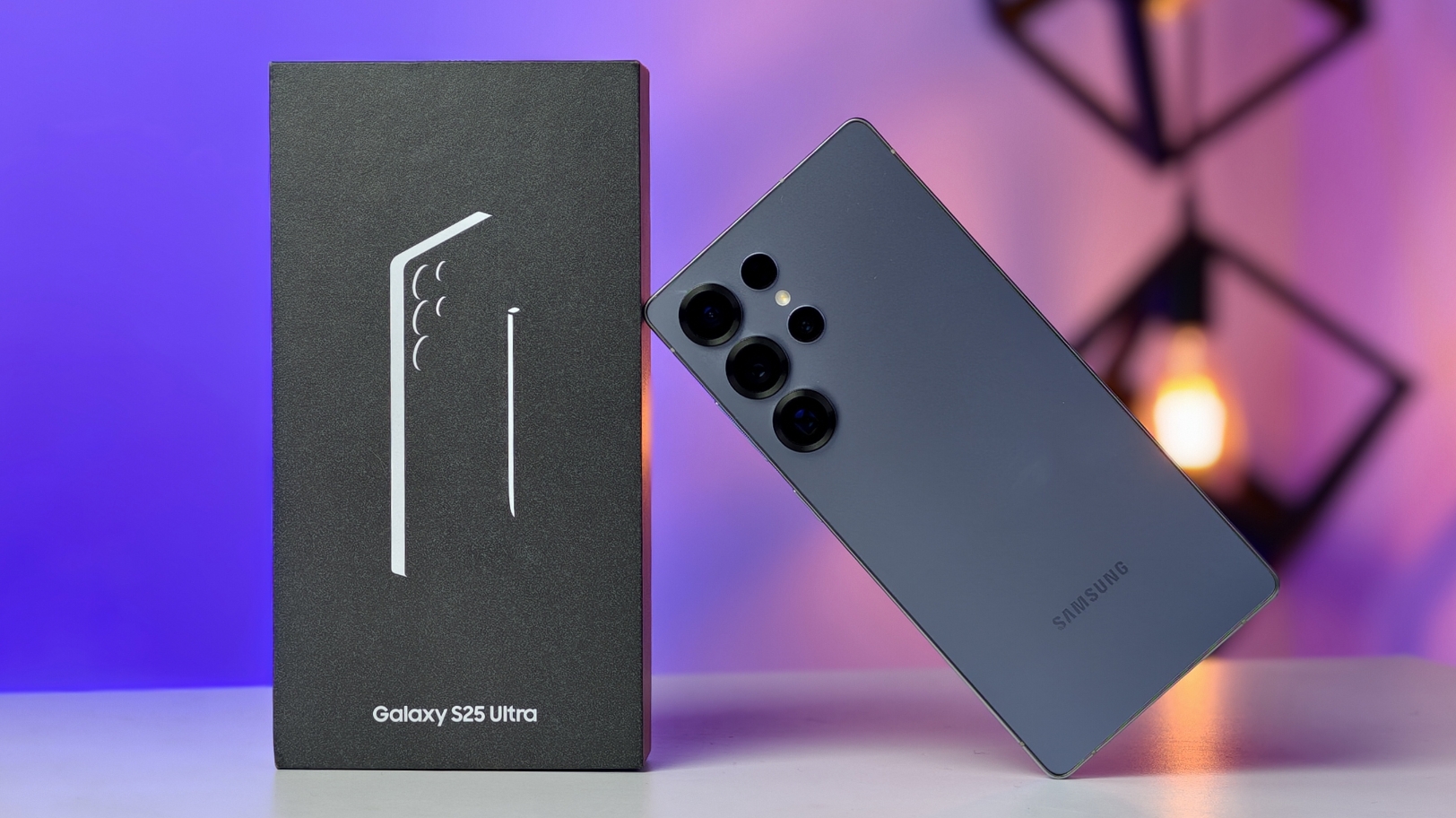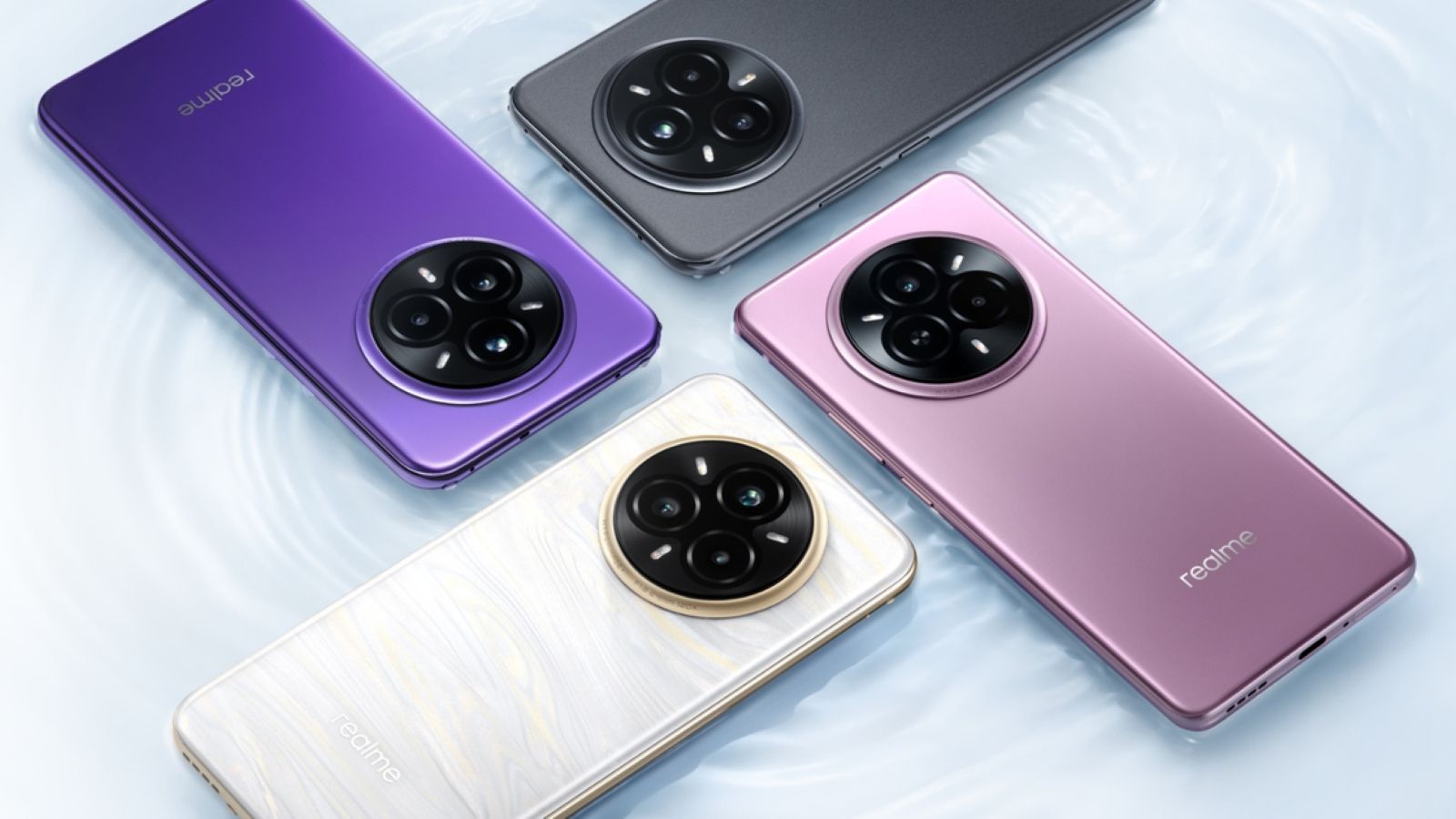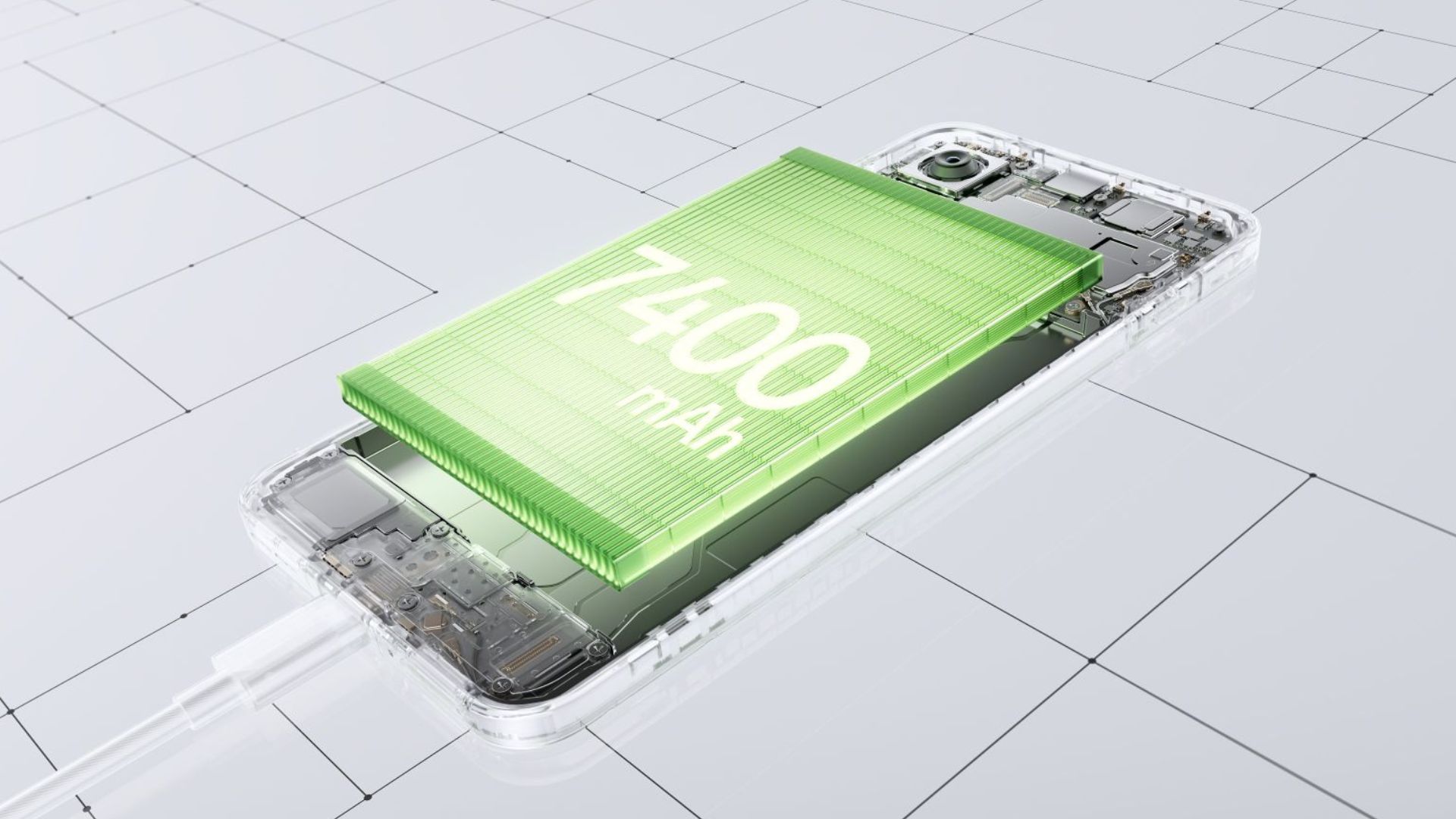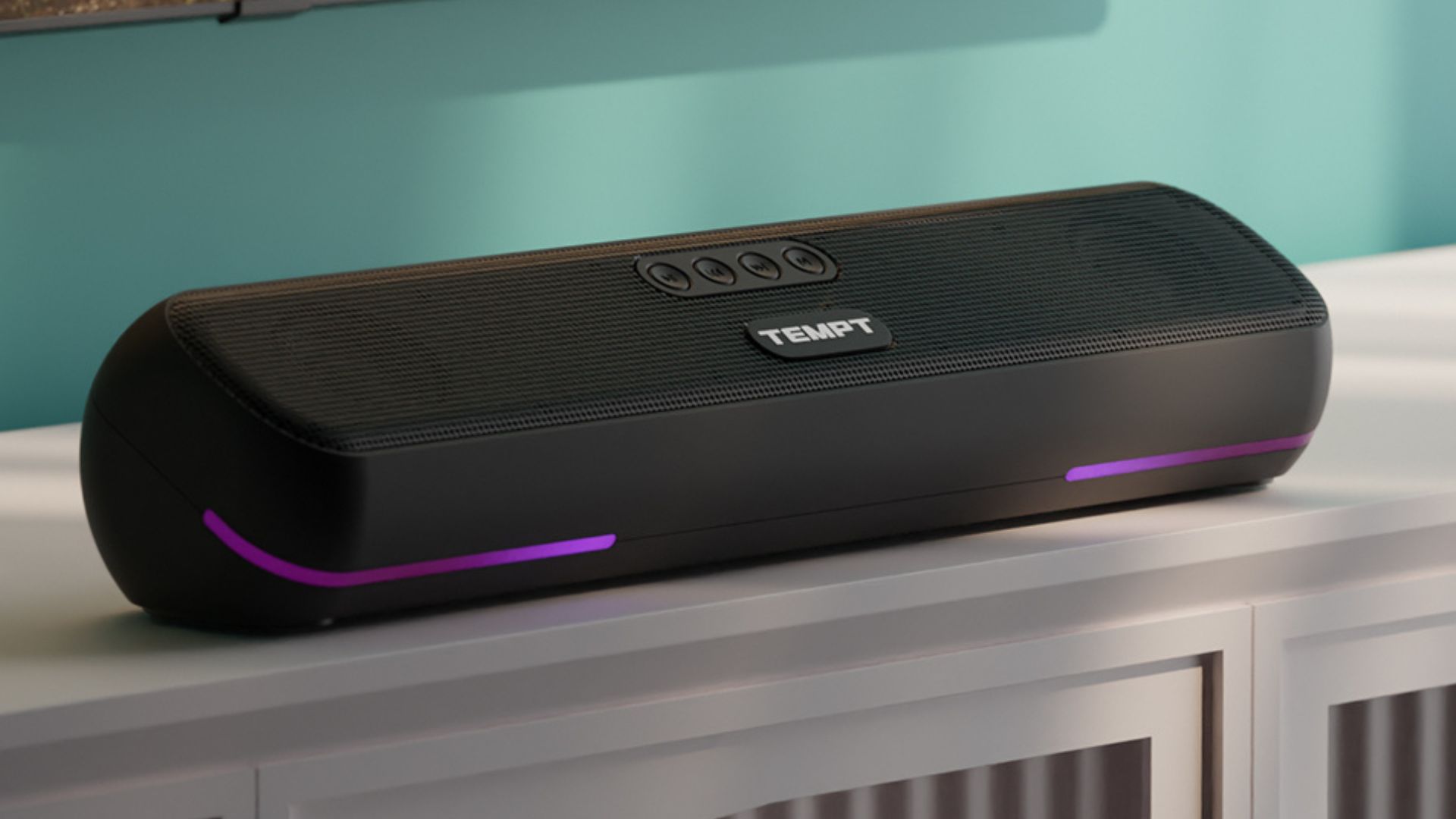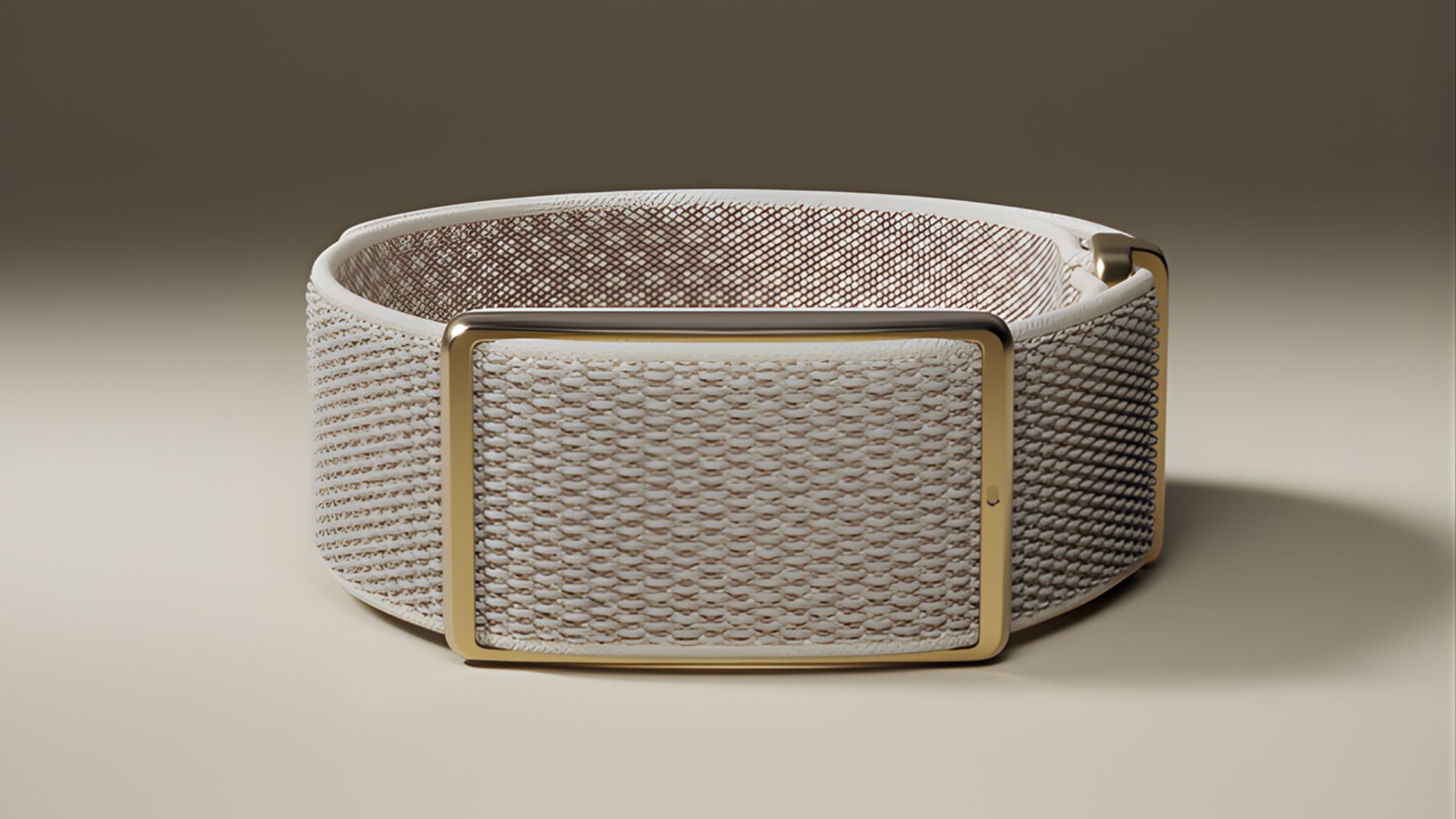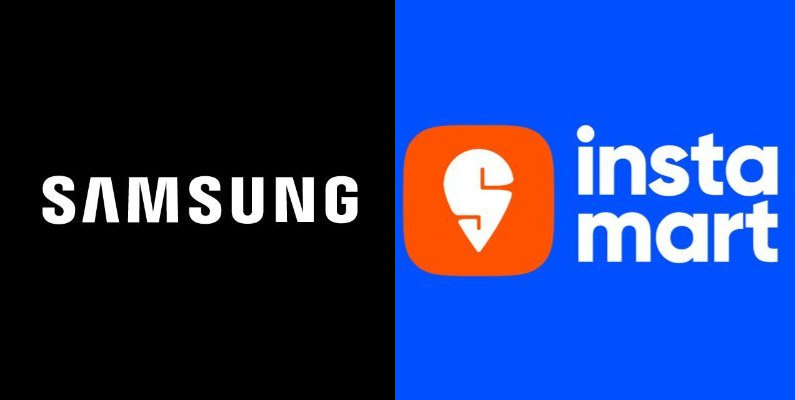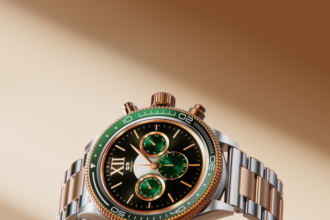Samsung has taken a notable step forward in wearable health technology with the launch of the Galaxy Watch8 series. The highlight of this release is the Antioxidant Index, which marks the industry’s first measurable, non-invasive nutrition index available directly on a smartwatch. With this new feature, users can measure carotenoid levels in their skin through the watch’s BioActive Sensor in just about five seconds. It’s a small but important move away from traditional manual food logging, offering an instant, data-driven look at how antioxidant-rich their diet really is.
Key Takeaways
- The Galaxy Watch8 series introduces the Antioxidant Index, the first of its kind in smartwatch nutrition tracking.
- The index measures carotenoid levels, antioxidants naturally found in many fruits and vegetables.
- The process is non-invasive and takes only about five seconds using Samsung’s BioActive Sensor.
- Users get measurable, real-time feedback on their dietary patterns, encouraging better nutrition habits.
- The underlying technology represents a major leap in miniaturization, shrinking lab-grade spectroscopy into a coin-sized sensor.
Measuring Nutrition from the Wrist
At the core of this new feature lies Samsung’s refined BioActive Sensor. Traditionally, measuring carotenoids requires bulky laboratory equipment, such as Raman spectroscopy devices. Samsung’s engineers managed to condense this concept into a wearable-sized solution using a technique called multi-wavelength absorption spectroscopy. Essentially, the sensor emits different colors of LED light onto the skin and then reads how much light is absorbed or reflected back.
Carotenoids, found abundantly in yellow, orange, and green fruits and vegetables, are organic compounds that absorb blue light particularly well. By studying the patterns of light reflection and absorption at various wavelengths, the watch can estimate carotenoid concentration in the skin. A higher concentration often signals a diet rich in plant-based, antioxidant-heavy foods.
The resulting measurement is shown as an Antioxidant Index score, giving users a straightforward way to interpret their levels and notice trends over time. For the most accurate reading, Samsung suggests placing your thumb on the back sensor while measuring.
Antioxidants play an essential role in protecting the body by neutralizing free radicals, which can damage cells and contribute to aging or disease. By turning these invisible nutritional markers into something visible and trackable on your wrist, Samsung hopes to encourage healthier choices. For instance, noticing a dip in your index after a week of poor eating or a boost after adding more greens to your meals can serve as an immediate, personal reminder of how food affects your body.
Beyond Carotenoids
The Galaxy Watch8 series, powered by the Exynos W1000 processor and running on One UI 8 Watch, doesn’t stop at nutrition tracking. It integrates seamlessly with other advanced health features, including Body Composition analysis through Bioelectrical Impedance Analysis (BIA), enhanced sleep coaching, and a new Vascular Load metric that monitors stress within the vascular system.
Together, these features offer users a fuller, more nuanced view of their overall well-being. Rather than functioning only as a fitness tracker, the Galaxy Watch8 positions itself as a serious tool for proactive health management. It’s part of a growing effort to bring medical-grade insights closer to everyday life, allowing people to understand and respond to their body’s needs in real time.
Perhaps the most interesting part of this development is not just the technology itself but what it suggests about the direction of wearables in general. If a watch can measure antioxidants today, it’s not hard to imagine what else might be possible in the near future.
Frequently Asked Questions (FAQs)
Q. What is the Antioxidant Index on the Galaxy Watch8?
A. The Antioxidant Index is a score the Galaxy Watch8 generates to estimate the level of carotenoids in your skin. It acts as a measurable, non-invasive indicator of your antioxidant status, primarily influenced by your consumption of fruits and vegetables.
Q. How does the Galaxy Watch measure my carotenoid levels?
A. The watch uses its advanced BioActive Sensor with multi-wavelength absorption spectroscopy. It shines different colored LED lights onto your skin, typically on your thumb, and analyzes how much light the carotenoids absorb. This absorption pattern allows the watch to calculate the concentration of carotenoids.
Q. Are the measurements from the Antioxidant Index medically accurate?
A. Samsung developed and validated the sensor’s accuracy by comparing its results with lab-grade techniques like Raman spectroscopy. However, the feature, often introduced as a “Labs” feature, is intended for general wellness and fitness purposes to help track trends and motivate healthy choices. It is not a medical device for diagnosing disease.
Q. Which Galaxy Watch models feature the new nutrition tracking technology?
A. The new Antioxidant Index feature is introduced on the Galaxy Watch8 series and later models running the new One UI Watch software. Availability may depend on the market and specific model.




